Meal planning ultimately comes down to pantry management. You need to keep enough food on hand to feed the family between trips to the store but not so much that you can’t consume it before the end of its storage life. How much to keep on hand depends on your family size and how frequently you shop. I can almost guarantee that if you don’t shop your freezer and pantry before making your grocery list you’ll end up with food waste.

How do you shop your freezer?
For a small, over the fridge type freezer the process is simple. Move packages around so you can see items that have been shoved to the back. There’s no need to buy another family pack of chicken breasts if you already have one in the freezer. And if you have three packs of pork chops, you might want to plan on a pork meal at some point. Those with large, stand alone freezers will have a similar process, just more items to sort through.
In general you’ll want to give preference to foods that have been in the freezer for longer periods of time. It makes sense to mark packages with the contents as well as a use by date to help with the decision. I’ve made the mistake of thinking I’d remember just what’s inside that blob of freezer paper and learned the hard way there’s little you can do with freezer burned meats except stew it and even then it’s not very good.
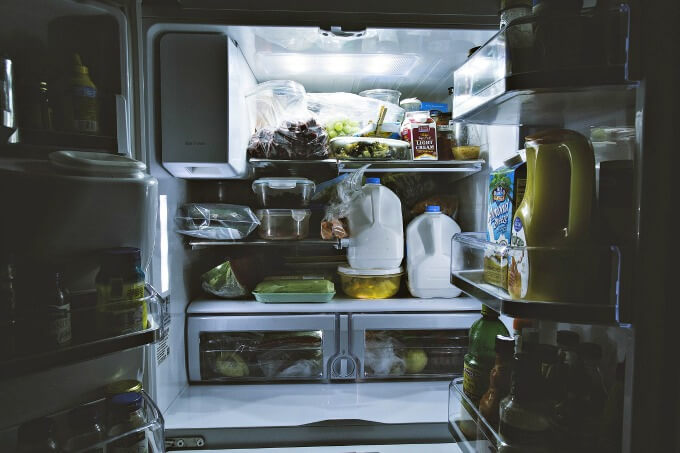
How do you shop your fridge?
That’s not my fridge in the photo above although mine has looked similar.
If you’re like me, your fridge is mostly organized. You know where to find the mustard, veggies are in the veggie drawer and the milk is always in a certain spot. The trick to shopping your fridge is to make note of condiments that are running out, how many eggs are left in the carton, how many yogurts on the shelf and the condition of the veggies in the drawer.
In addition you’ll want to sort through the containers of leftovers on the shelves and decide how you want to use them. Besides leftover platters, a lot of our spoonfuls of this and that end up in salads, omelets or quiches and soups It can also be fun to serve foods individually and make a buffet bar so everyone can pick what they’d like.
What about the pantry?
You’ve probably noticed the pattern by now: Make note of staple ingredients like flour, sugar and coffee that may be running low. Then check out items that may have been in the cupboard for a while and think of ways to use them. Perhaps that pack of taco seasoning could be paired with the hamburger in the freezer and the lettuce in the vegetable drawer for taco night? Or the handful of fancy pasta you’ve inexplicably hung on to could be added to a soup?
My downfall seems to be beans. I always have several jars in the cabinet and more dried beans on the shelves. But never the exact type of bean I want for a recipe. If I want red beans, I’ll have several jars of garbanzos and vice versa.
I have a bean stash to go along with my yarn stash.
My solution for that is chili. I make a batch and use several different types of beans. In addition I’ll also make use of the corn meal, because we love cornbread with chili. Plus I’ll have a chance to clear out some onions, canned tomatoes and maybe a couple of bell peppers. The canned fruit that’s been hanging around forever can be served for dessert. The leftovers can be transferred to meal sized containers and frozen for later (after carefully noting the contents and the use by date, of course!)
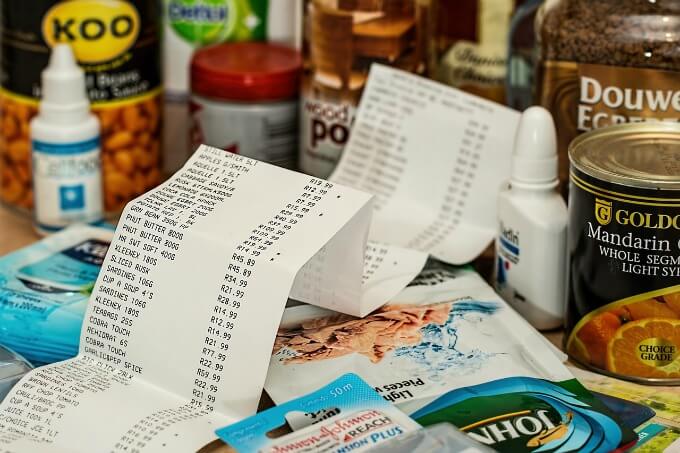
When you first get started with meal planning you may find you have enough food in your inventory to feed yourselves for several days or longer. It’s a good idea to go ahead and do it. You’ll save a little money as you’ll only need to pick up a few perishable items at the grocery store. Plus you’ll have fun coming up with creative menus, especially when you get the rest of the household involved.
It could take a month or more to reach a place of balance where you’re constantly rotating items in and out of your food inventory.
Once you begin shopping your freezer and pantry before going to the store you’ll find you have less food waste overall. It’s really as simple as perusing the contents of the fridge, freezer and pantry, making note of meals you can make from the items available and supplementing with additional purchases from the grocery.
We’ve discussed why you should meal plan and some methods for stocking up a selection of prepared foods. In the next post, we’ll tie all of the previous posts together by creating a sample meal plan for a small family.
Photo credits: Pixabay

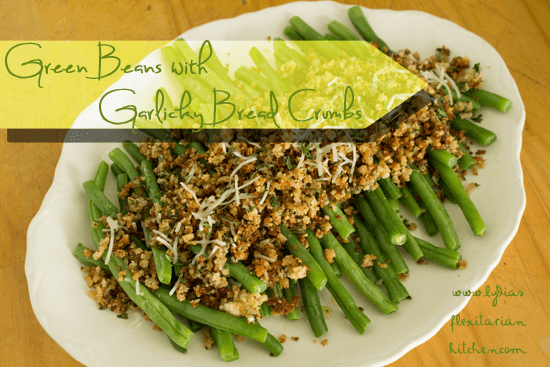
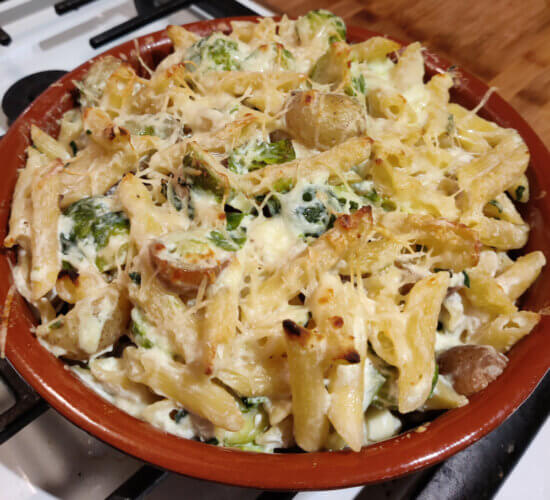
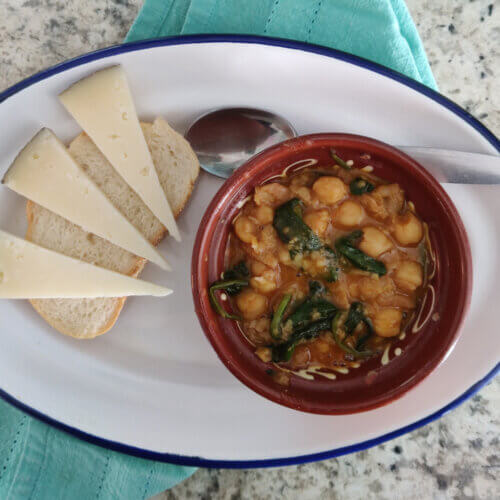
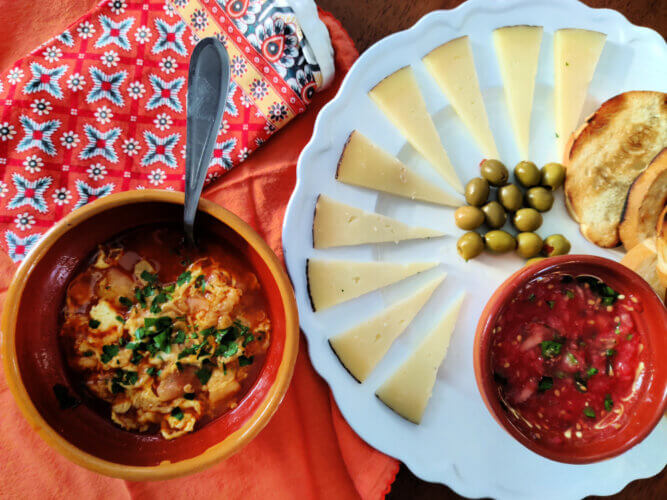
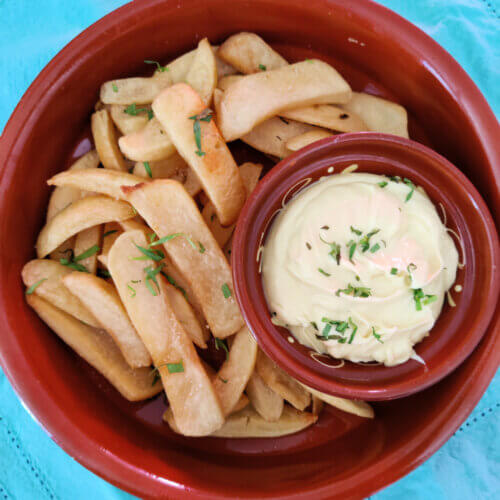
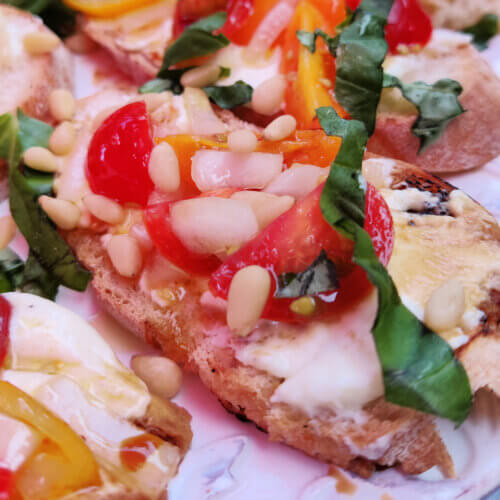
Hahaha… a “bean stash”! That’s funny ’cause I have one too! And pasta. I try to keep several types of pasta on hand, because I have had to use strange combinations with pasta before. Once, about three or four years ago, I was making lasagna and after the sauce was made, the meat was browned and the cheese was shredded, I realized all I had was a couple boxes of spaghetti. Believe it or not, I just layered the spaghetti just like I would have a lasagna noodle, and it turned out just fine! We called it spasagna 😉
What a great idea! No doubt there have been many stories told about the spasagna 🙂